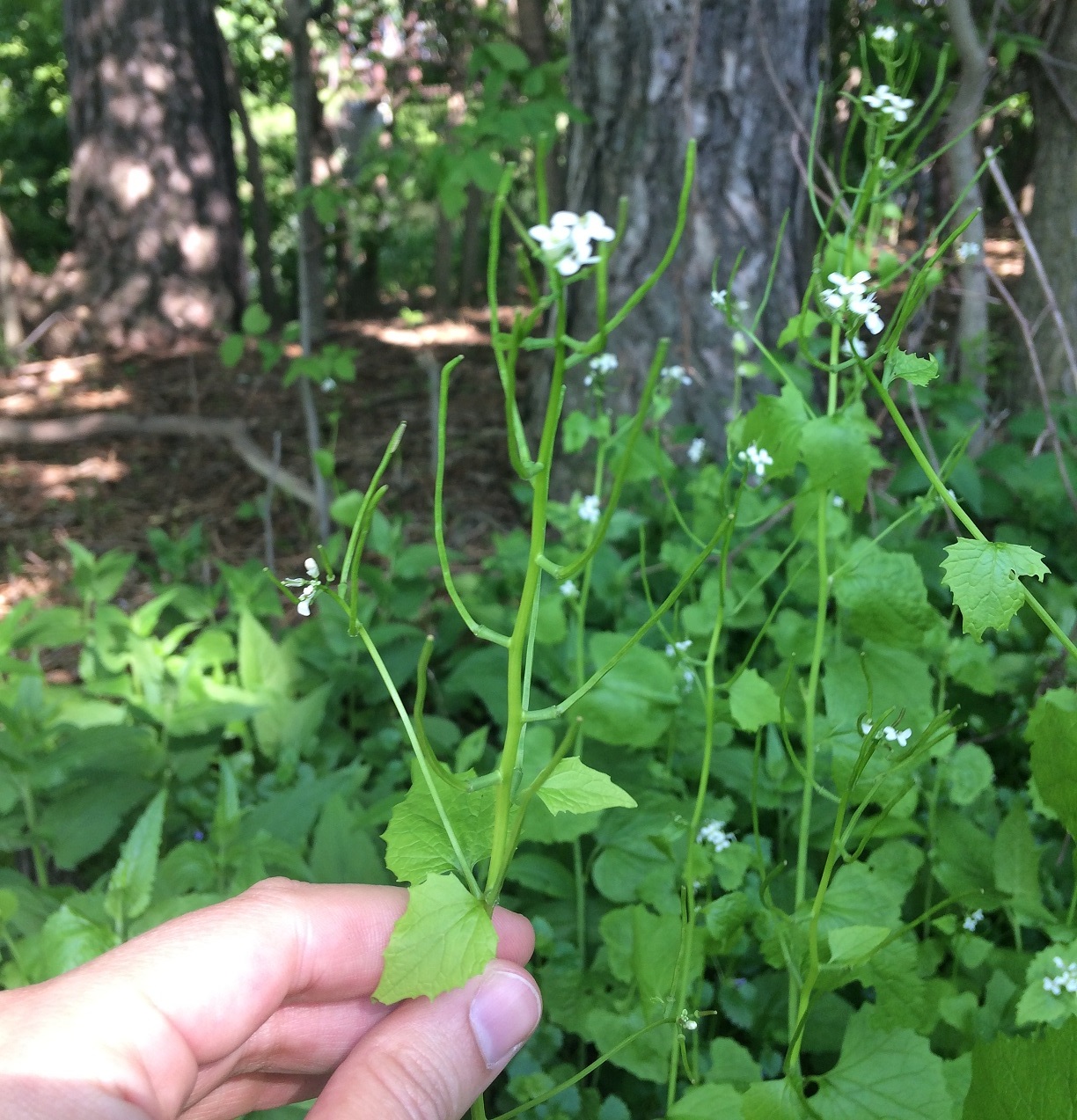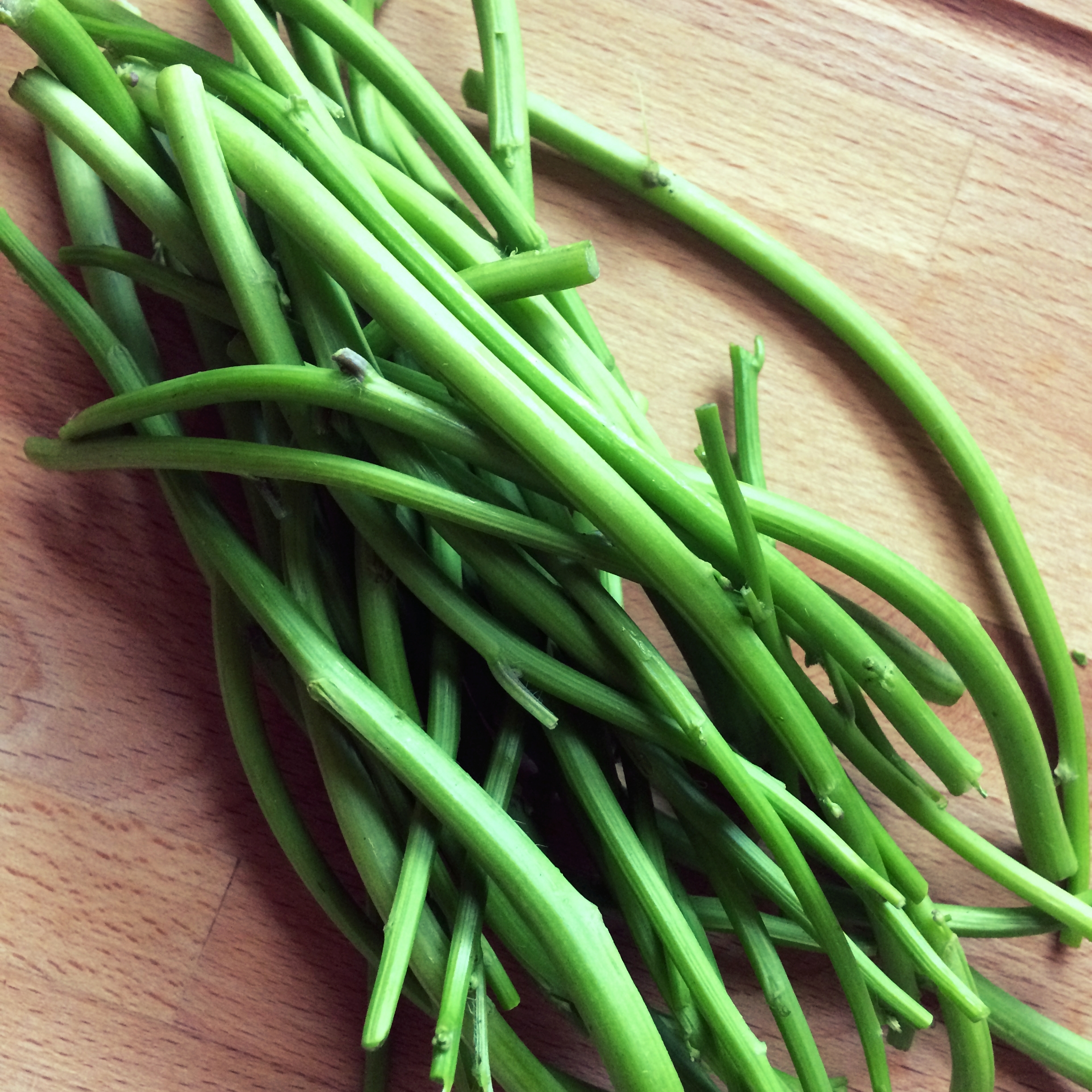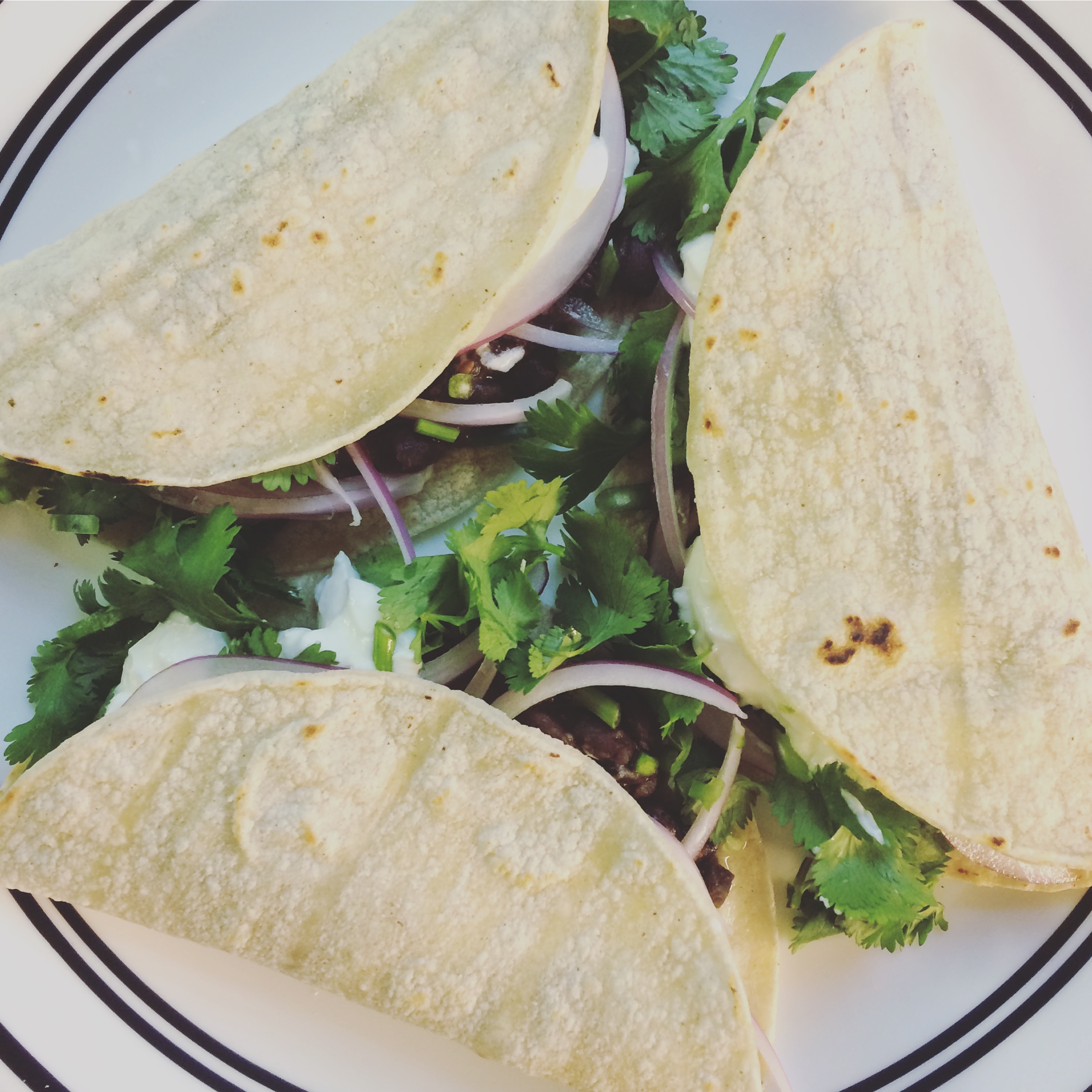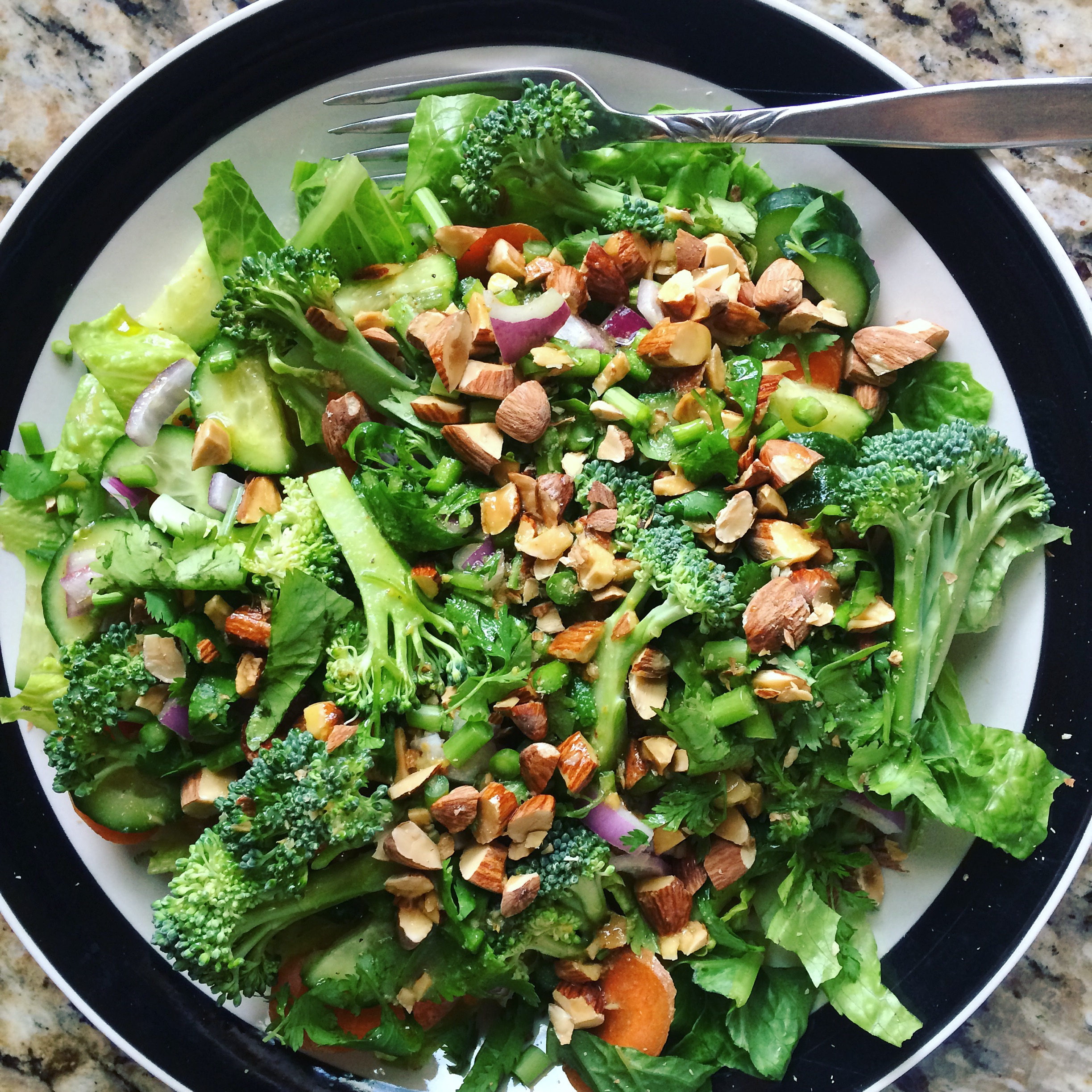Garlic Mustard: A Delicious Invasive
Prefer to listen to this article? No problem! Four Season Foraging now offers free audio versions of articles with the help of a text-to-speech website. Simply click the play button on the right!
Garlic mustard (Alliaria petiolata) is a biennial herb native to Europe. (Biennial means the plant sends up leaves in its first year and typically flowers in its second.) Brought to the United States in the 1800s as an edible, it has since spread across the northeastern US, the midwest, as far south as Alabama, and as far west as Washington and Oregon. It is also present in eastern Canada. Its success is due to its prolific seeding rate, its lack of predators, and the ability of its seeds to remain viable for up to five years. Unlike other non-native plants that have more-or-less naturalized, garlic mustard is a threat to native forest ecosystems. While it will grow in disturbed sunny or partly sunny areas, it can invade the dappled sunlight of upland woods and floodplain forests. Once established, it will dominate the forest floor if left unchecked, outcompeting native wildflowers such as rue anemone, bloodroot, and wild ginger.
But there's good news.... It's delicious!
Finding and Identifying Garlic Mustard
Garlic mustard grows in a variety of habitats: roadsides, creeksides, forest edges, and open forests. It can be found in the city, in wilderness areas, and everywhere in between. Since it's an invasive, once you find it, you're likely to find a lot of it.



In its first year, garlic mustard sends up a basal rosette of leaves, meaning that the leaves are close to the ground and they radiate out from one central point (like the arrangement of dandelion leaves.) The leaves at this stage are roundish or kidney-shaped, with scalloped edges. The petioles (leaf steams) are often purple-tinged. When crushed, the leaves emit a distinct garlicy smell.
In its second year, garlic mustard sends up a flower stalk. The leaves become more triangular as they move up the stalk. In the Twin Cities area, the flowers typically appear in early May. They are small (about 1/3 inch diameter), white, and four-petaled. The flower buds and flowers have a spicy, horseradish taste. When fully grown, garlic mustard can reach 2 or 3 feet.
Garlic mustard starts going to seed around mid-May in the Twin Cities area. As the plant flowers, seed pods form on the stem beneath. The seed pods are about 2 inches long and thin. They hold small black seeds, which have a spicy, horseradish taste.
Harvesting Garlic Mustard
Garlic Mustard Bud and Flower: Ideal Time to Harvest
The ideal time to harvest garlic mustard is in its second year, when the flowering stalks have grown flower buds at the top of the plant. The buds should be closed, or only a few of them should be blooming. The stems should be thick and succulent.
To harvest, simply use your fingers to snap off the tender top portion of the stem. Depending on the plant, you should be able to take the top 6 to 12 inches. If the stem doesn't snap easily, it is too tough and not worth eating.
Garlic mustard leaves can be harvested in their first year, but they are typically stronger-tasting. They can be dried and used as seasoning, or eaten as your personal taste allows.
**Sustainability note: Harvesting garlic mustard tops does not control the spread of this invasive. (At least not at the current rate of harvest.) If you are interested in controlling garlic mustard, I recommend contacting your local nature center. They typically hold volunteer workdays to pull the plant and teach proper management methods. On another note, garlic mustard tops can go to seed even after they are picked, especially if the flower is further along in the blooming process. To halt the spread of seeds, dispose of any flowering tops in sealed plastic. (Though I recommend eating them!)
Eating Garlic Mustard
Once you have a nice bunch of garlic mustard tops, take them home and rinse them off. To prepare, run your hand from the top of the stem down towards the base to remove leaves and flower buds. Set these aside for pesto, hummus, and other dishes.




The most delicious part of the garlic mustard plant is the young stem. Sweet, succulent, and garlicy, it reminds me of a cross between a garlic scape and a snap pea. These can be steamed or sauted and drizzled with olive oil or butter. However, my favorite way to eat them is raw! Just chop them up and add to soups, salads, tacos, stir fries, and other dishes. It's easy and delicious!
The leaves and flower buds are more bitter in flavor than the stem. The leaves taste like a cross of bitter mustard greens and garlic. The flower buds have a spicy horseradish-like flavor. Though the bitterness puts some people off, I think the flavor goes well in many dishes. Garlic mustard pesto is a classic. You can just take your favorite traditional pesto recipe and replace the basil with garlic mustard leaves and flower buds. (Or if the flower buds are too spicy for you, simply omit them.)
Personally, I love garlic mustard hummus. My method of making hummus is to blend a couple cups of cooked chickpeas together with some tahini, lemon juice, and olive oil in my food processor. Then I taste it, decide if I want a stronger tahini or lemon flavor, and adjust accordingly. If it's too thick, I add more olive oil. When it's about right, I add salt, chopped garlic, and spices until it's close to the flavor I want. Then, with the processor running, I add as many garlic mustard leaves and flower buds as it can hold, which is a surprisingly large amount! I periodically stop the motor to scrape the sides and taste a bit. When it's a good color, flavor, and consistency, it's done! This hummus has a wonderful kick that goes especially well on sandwiches and with chips or crackers. If you're looking for something less fiery, simply omit the flower buds.
For people who don't approve of my imprecise methods, here is a hummus recipe from The Three Foragers. It calls for ramps, but that can be substituted with two cloves garlic.
Final Thoughts
So what to make of garlic mustard? Healthful herb or noxious weed? I'd say it's both. As someone who has spent countless hours pulling this plant up by the roots in an effort to protect delicate forest ecosystems, I know from experience the extent to which garlic mustard can displace native wildflowers. However, as someone who has spent several years eating it, I also know how delicious it can be, and look forward to cooking with it every spring. I'm curious if we can combine the weed management aspect with the culinary aspect in an effective way. I have personally held workshops where we pulled large quantities of the plant for management purposes and used a portion of it for cooking; and I have seen similar programs promoted by parks, nature centers, and environmental organizations across the country. (If you're interested in controlling the spread of garlic mustard, please contact your local nature center so they can teach you the proper techniques.) I hope to see a day where garlic mustard is no longer a threat to our native woodlands due to large numbers of people pulling and eating it. Until then, I'll do my part!
Join Us on Patreon!
If you like our foraging tutorials, please consider joining us on Patreon! It’s a simple way for you to help Four Season Foraging keep producing the informative content that you enjoy.

